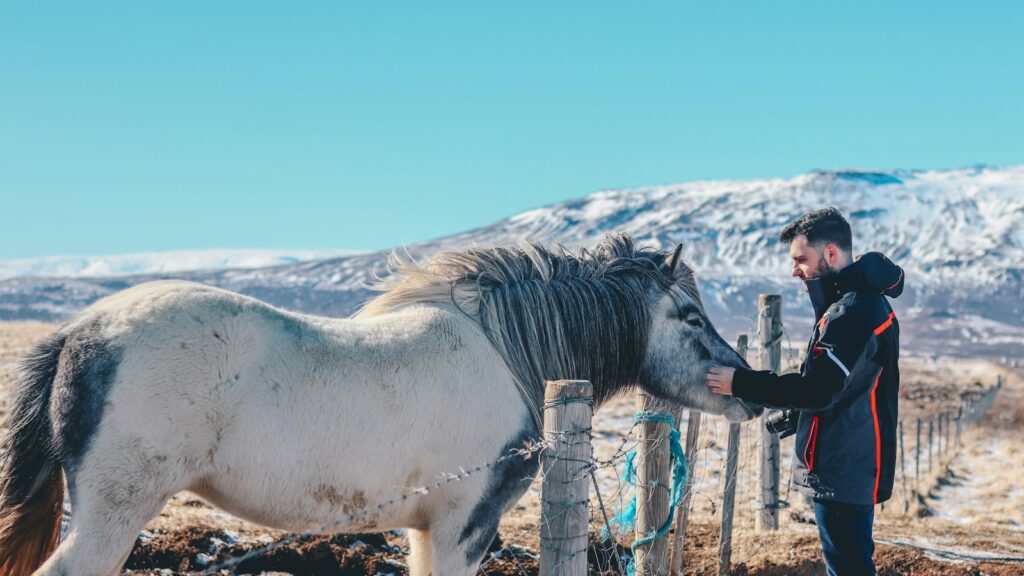Young horses, much like children, require proper guidance, consistent training, and a structured environment to develop into well-mannered adults. Prevention of behavioral issues in foals and young horses is far easier and more effective than trying to correct established problems later in life. By understanding equine psychology and implementing appropriate handling techniques early on, horse owners can raise confident, respectful equines that are a pleasure to work with. This comprehensive guide explores strategies to prevent common behavioral problems in young horses, setting them up for success in their future interactions with humans and other horses.
Understanding Equine Psychology
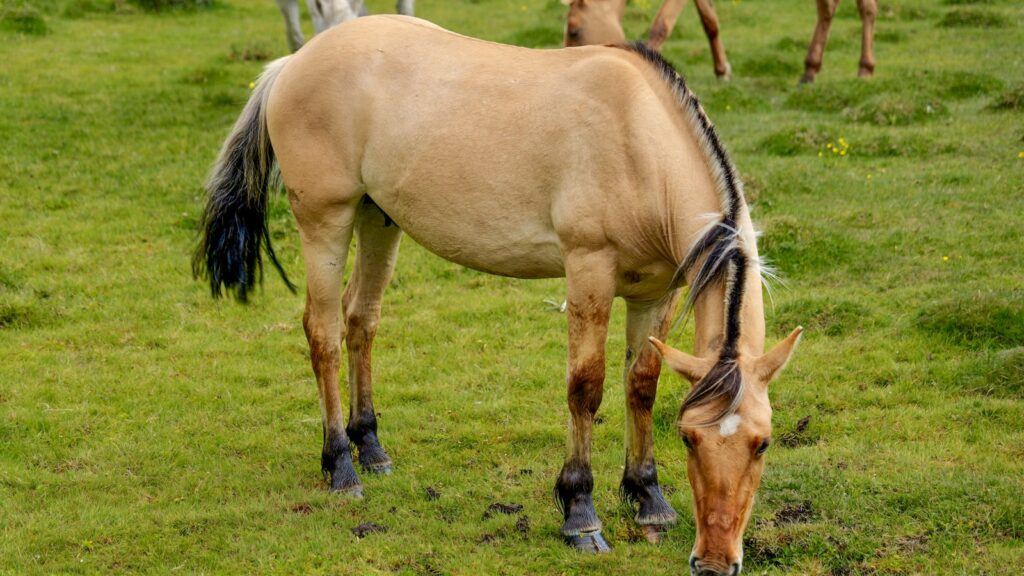
Horses are prey animals with instincts that have evolved over millions of years, making them naturally reactive to potential threats. Young horses are especially sensitive to environmental stimuli and rely heavily on the security of their herd for guidance and protection. Their brains are wired to respond with flight when faced with unfamiliar or threatening situations, which is crucial for their survival in the wild but can create challenges in domestic settings. Understanding that young horses aren’t being “difficult” on purpose but are responding according to their natural instincts is the first step in preventing behavioral issues. By recognizing their need for clear leadership, consistent boundaries, and gradual exposure to new experiences, handlers can work with—rather than against—a young horse’s natural psychology.
Establishing Proper Handling From Birth

The foundation for a well-behaved adult horse begins within hours of birth through imprint training and gentle, consistent handling. During a foal’s first days, handlers should practice touching them all over their body, picking up their feet, and introducing them to human presence in a positive, non-threatening manner. These early interactions teach the foal that humans are safe and to be respected. Consistent daily handling, even if just for a few minutes, helps young horses develop comfort with routine human contact and basic procedures like haltering, leading, and standing tied. It’s crucial during these formative sessions to maintain clear boundaries—allowing a cute foal to nip, kick, or invade personal space establishes problematic patterns that become significantly harder to correct as they grow larger and stronger.
Implementing Consistent Training Methods
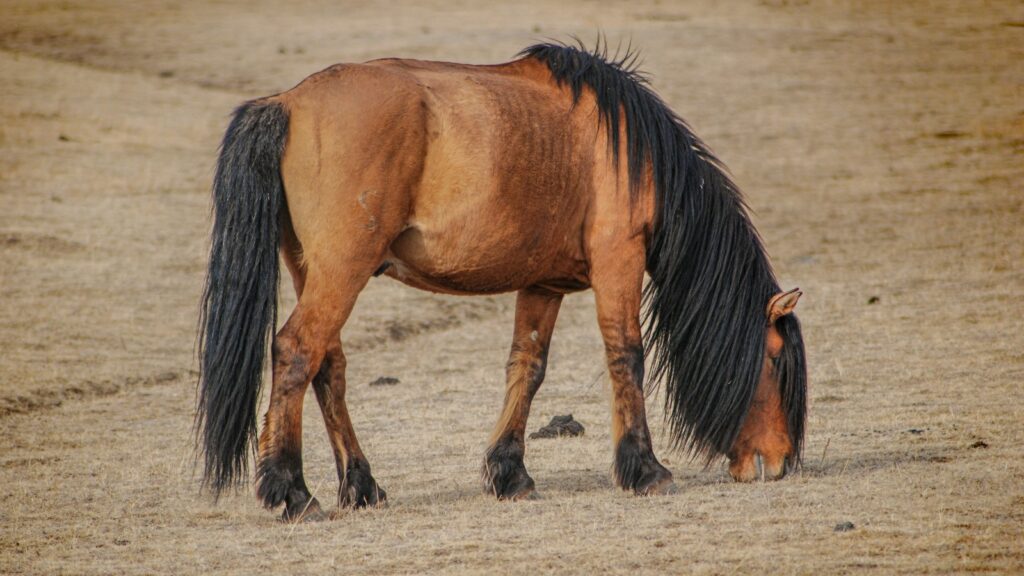
Consistency is perhaps the most crucial element in preventing behavioral issues in young horses. Establishing clear, unwavering rules and expectations provides the structure young horses need to understand what is acceptable behavior. All handlers who interact with the young horse should use the same cues, commands, and behavioral expectations to avoid confusion. Switching between training methodologies or having different handlers apply different standards creates uncertainty that can manifest as behavioral problems. A young horse should learn that the same action consistently produces the same result, whether that’s a release of pressure as a reward for compliance or a correction for inappropriate behavior. This predictability builds trust and security, as the horse learns it can rely on humans to be fair and consistent in their expectations.
Providing Appropriate Socialization
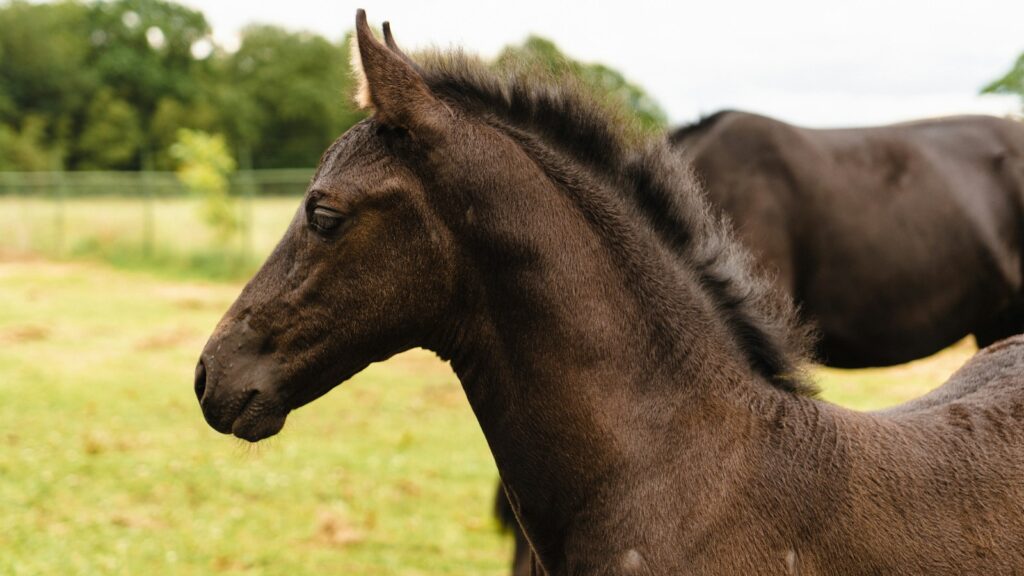
Young horses require interaction with other equines to develop proper social skills and understand herd dynamics. When raised in isolation from other horses, foals often develop abnormal behaviors and struggle to communicate appropriately with both horses and humans. Ideally, young horses should be raised in a herd environment where they can learn vital social cues, boundaries, and hierarchical respect from mature, well-behaved adult horses. These natural teachers will correct inappropriate behaviors like excessive playfulness, space violations, or aggressive tendencies far more effectively than humans can. The lessons learned through these equine interactions translate to human relationships as well, as the young horse learns to respect personal space and respond to subtle body language cues. Even if a large herd isn’t available, providing at least one stable, mature equine companion can significantly impact a young horse’s behavioral development.
Creating a Structured Environment
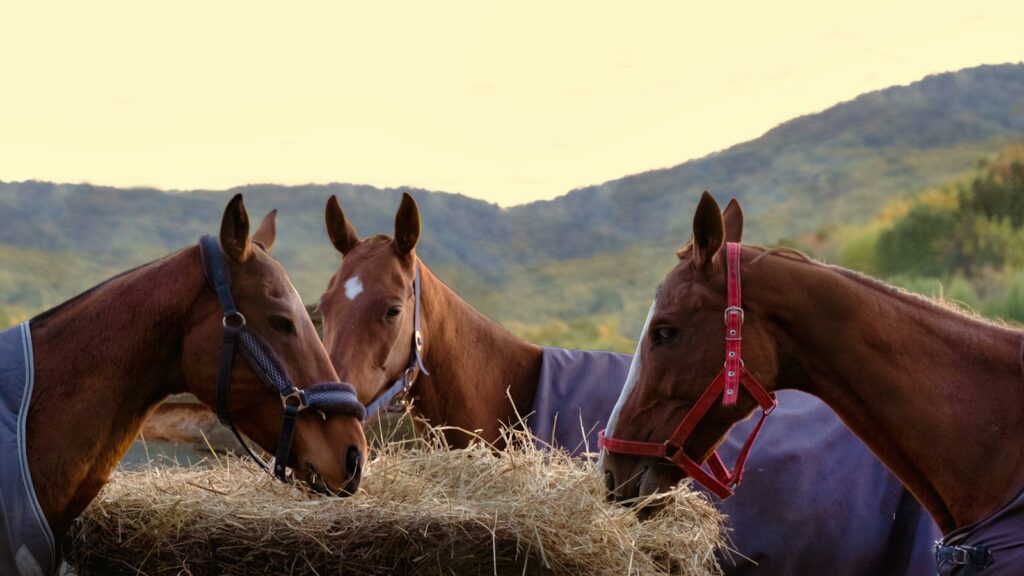
Young horses thrive in environments with predictable routines and clear structure. Establishing consistent feeding times, turnout schedules, and handling sessions helps young horses develop a sense of security in knowing what to expect each day. This predictability reduces anxiety and associated behavioral problems like stall walking, weaving, or cribbing. The physical environment also plays a crucial role in preventing issues—providing adequate space for movement, appropriate turnout time, and environmental enrichment helps channel a young horse’s energy in positive directions. Young horses confined to stalls for extended periods often develop stereotypic behaviors out of boredom and frustration, so balancing necessary confinement with ample opportunity for natural movement and social interaction is essential. Creating designated areas for different activities, such as grooming spots, feeding locations, and training spaces, further reinforces structure and helps the young horse understand appropriate behaviors for each context.
Addressing Fear-Based Behaviors Proactively
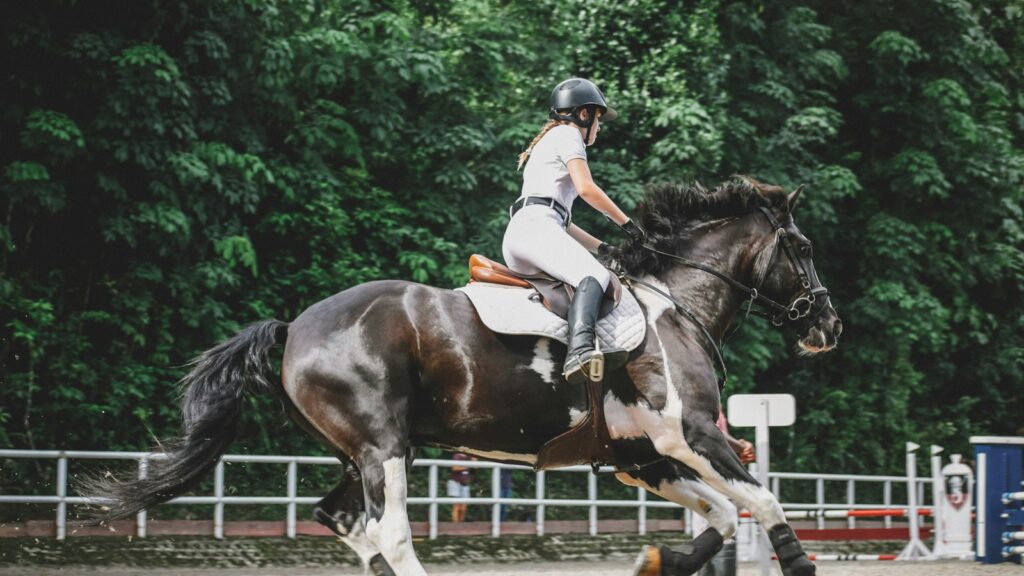
Fear is at the root of many equine behavioral problems, from spooking to bolting to aggression. Preventing fear-based issues requires systematic desensitization and patient counter-conditioning. Introducing young horses to potentially frightening stimuli gradually, while they’re calm and in a safe environment, builds their confidence and reduces reactive behaviors. This might include controlled exposure to items like plastic bags, umbrellas, clippers, or trailers, always ensuring the horse can investigate at their own pace without being overwhelmed. Proper desensitization involves recognizing the signs of increasing anxiety and backing off before the horse reaches panic threshold. By keeping experiences positive and building incrementally on previous successes, handlers can develop young horses that approach novel situations with curiosity rather than fear. This proactive approach prevents the development of deep-seated phobias that often manifest as dangerous behaviors like rearing, bolting, or striking.
Managing Energy Levels Appropriately
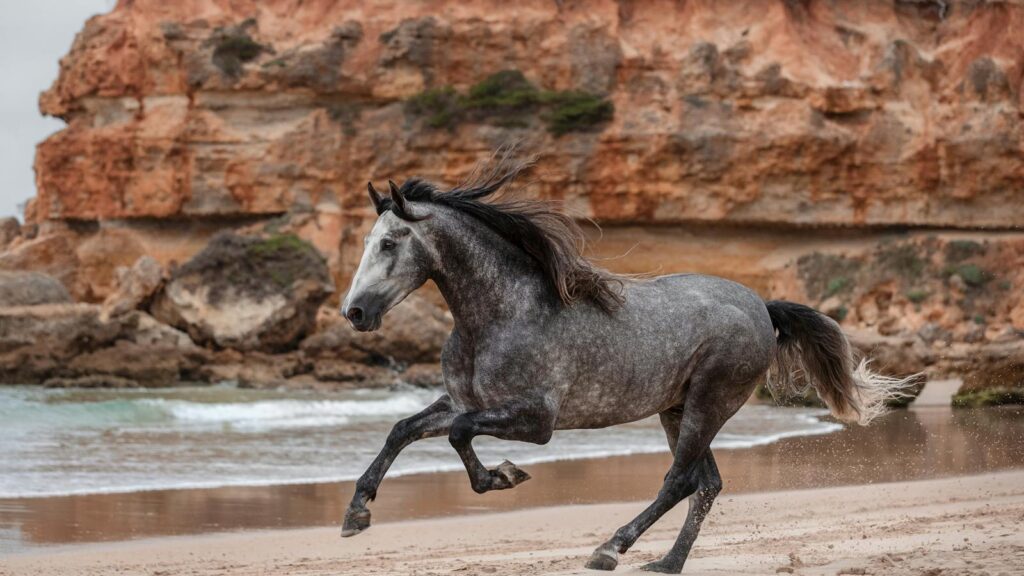
Excess energy is frequently the culprit behind undesirable behaviors in young horses, from bucking and bolting to inability to focus during training sessions. Ensuring young horses receive adequate physical exercise through turnout and appropriate work helps prevent energy-related behavioral issues. The amount of exercise needed varies by individual and breed—high-energy breeds like Thoroughbreds or Arabians typically require more physical activity than draft breeds or more phlegmatic individuals. Regular turnout in sufficiently large spaces allows natural movement patterns like running, bucking, and playing that release energy in a healthy manner. For young horses in training, planning sessions that incorporate adequate warm-up time to “take the edge off” before focusing on new skills can significantly improve attention and reduce resistance. Matching exercise requirements to the individual horse’s needs prevents both the behavioral issues stemming from excess energy and the physical or mental burnout that can result from overwork.
Developing Respect Without Fear
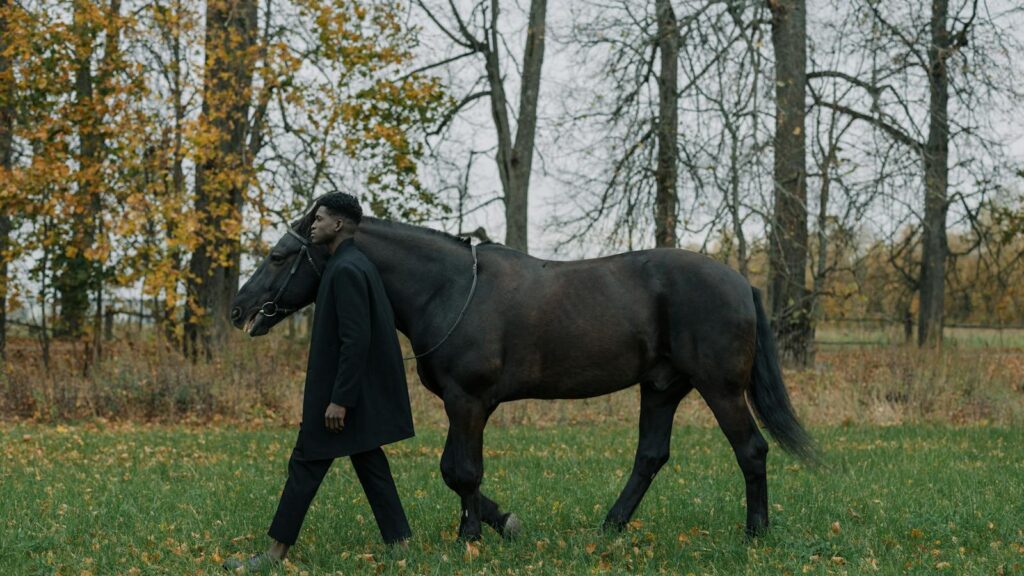
The relationship between respect and fear is often misunderstood in horse training, leading to approaches that create either dangerous pushy horses or fearful, shut-down individuals. Preventing behavioral issues requires establishing clear boundaries and leadership without resorting to intimidation or harsh corrections that damage trust. Young horses need to learn to yield to pressure, move away from space requests, and respond promptly to cues—but these lessons should be taught through consistent, fair pressure and release rather than punishment. When a young horse tests boundaries, as they inevitably will, corrections should be immediate, appropriate to the infraction, and followed by an opportunity to make the right choice. This balanced approach creates horses that respect humans as fair leaders rather than unpredictable threats or pushovers to be ignored. Building this foundation of respectful partnership from the beginning prevents many common behavioral issues like crowding, barging, biting, or kicking that stem from confusion about the human-horse relationship hierarchy.
Implementing Progressive Training Challenges
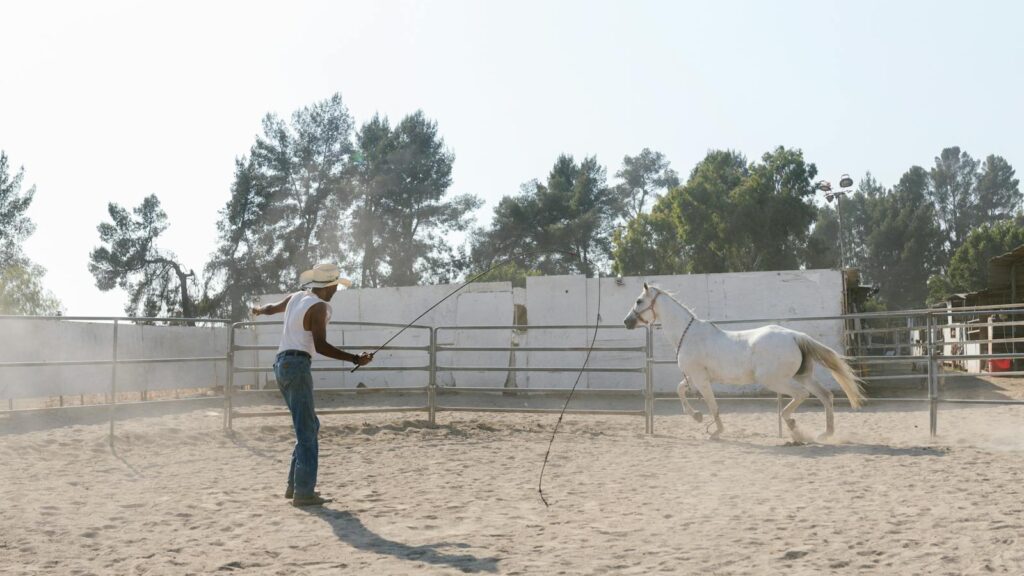
Boredom and frustration frequently trigger behavioral problems in intelligent young horses who aren’t mentally stimulated by their training. Preventing these issues requires creating a progressive training program that regularly introduces appropriate new challenges while reinforcing established skills. Young horses thrive when given opportunities to problem-solve and learn new tasks that are within their capability level but require some mental effort. This might include introducing simple groundwork patterns, navigating obstacles, or learning basic voice commands before progressing to more complex skills. Properly structured training prevents both the frustration that comes from being pushed beyond capability and the boredom that results from endless repetition of mastered tasks. Each training session should end with success, even if that success is a small increment of progress, building the young horse’s confidence and willingness to engage in future learning experiences.
Recognizing and Addressing Physical Discomfort
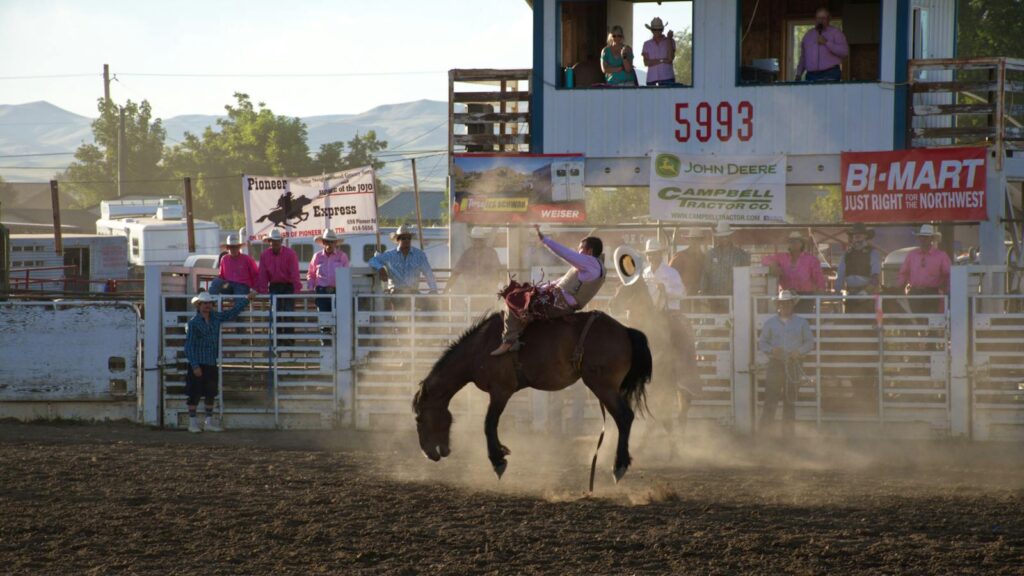
Undiagnosed pain or physical discomfort is a common underlying cause of behavioral issues that are often misinterpreted as stubbornness or disobedience. Young horses experiencing pain from ill-fitting tack, dental problems, musculoskeletal issues, or internal discomfort may express their distress through behaviors like bucking, rearing, or refusing to move forward. Preventing these pain-induced behavioral problems requires regular veterinary assessment, appropriate dental care, and careful attention to proper fit of all equipment. Handlers should be particularly vigilant during growth spurts when young horses may experience temporary discomfort as their musculoskeletal system develops. Learning to recognize subtle signs of pain or discomfort—such as tail swishing, ear pinning, tension in the facial muscles, or resistant behaviors that appear suddenly—allows for prompt investigation and resolution before problematic behaviors become ingrained. Regular body condition assessments and appropriate nutritional management also prevent discomfort-related behaviors that may stem from digestive issues.
Building Trust Through Positive Experiences
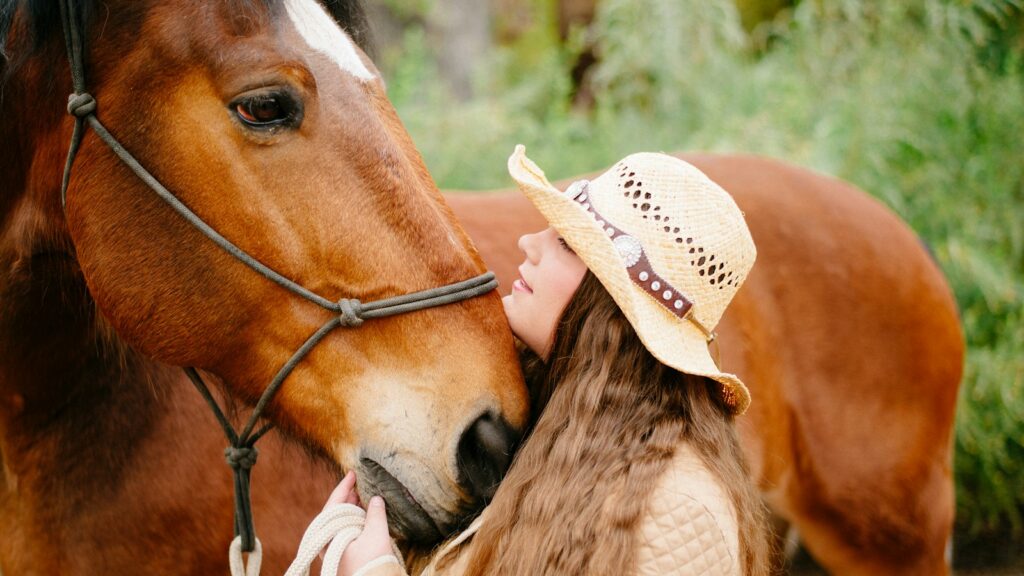
Trust is the foundation of a healthy human-horse relationship and one of the most powerful preventatives for behavioral issues. Young horses who trust their handlers are less likely to develop evasive, aggressive, or fearful behaviors. Building this trust requires consistently making interactions positive or at least neutral, rather than predominantly negative or stressful. Each handling session should include elements that the young horse finds pleasant or rewarding—whether that’s scratching a favorite spot, verbal praise, a brief grazing opportunity, or simply the release of pressure as a reward for correct responses. Handlers should be mindful of ending training sessions on positive notes rather than after struggles or corrections. This approach creates young horses that look forward to human interaction rather than becoming tense or anxious at the sight of handlers approaching with halters. By establishing this positive association early, many potential behavioral issues stemming from handler avoidance or resistance to work are effectively prevented.
Providing Appropriate Nutrition
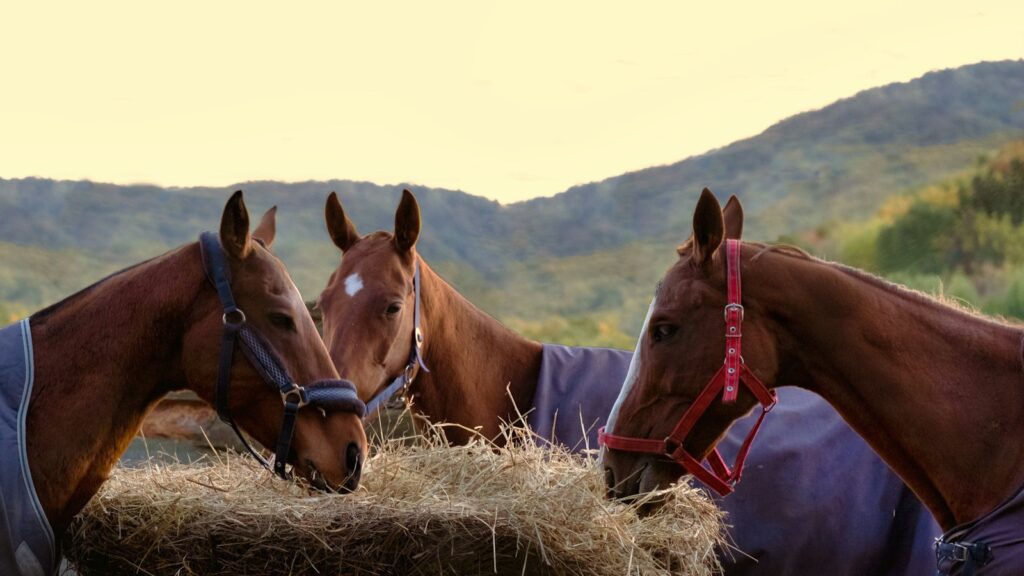
The connection between diet and behavior is often overlooked in young horses, yet nutritional factors can significantly impact temperament and trainability. High-energy feeds rich in sugars and starches can create hyperactivity and reduced attention spans in sensitive individuals, particularly when combined with limited exercise. Preventing nutrition-related behavioral issues requires formulating diets appropriate to the young horse’s age, growth needs, and activity level, with careful attention to avoid excess energy intake for the work being performed. For many young horses not in intensive training, good quality forage with appropriate vitamin and mineral supplementation may provide adequate nutrition without the behavior-altering effects of concentrated feeds. Feeding schedules also impact behavior—irregular mealtimes or long periods without forage can lead to gastric discomfort and associated behaviors like wood chewing, cribbing, or weaving. Implementing multiple small meals or slow-feeding systems that allow for more natural, continuous consumption patterns can prevent these frustration-based behaviors from developing.
Knowing When to Seek Professional Help
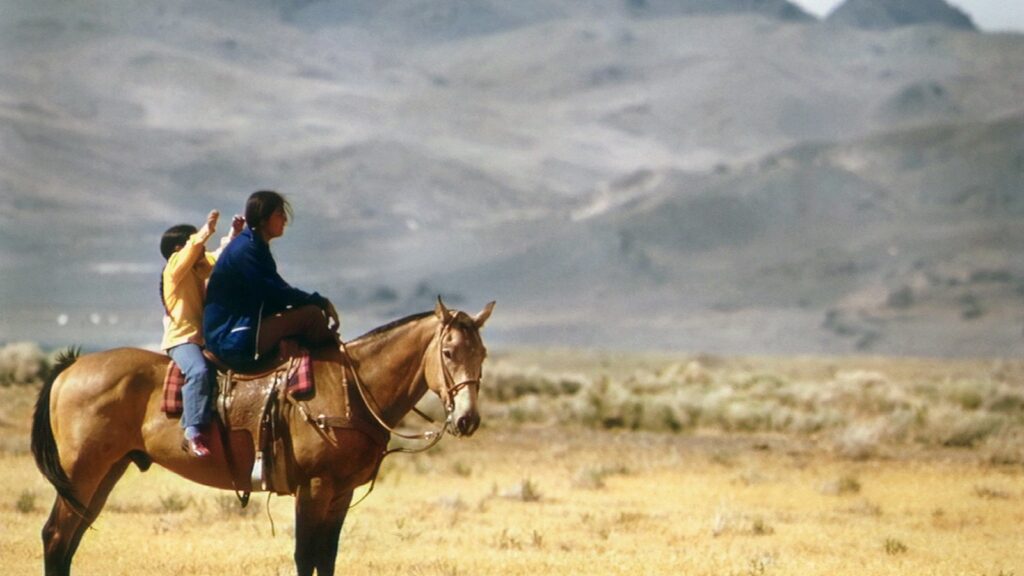
Despite best prevention efforts, some young horses may still develop concerning behaviors that require professional intervention. Recognizing when a situation exceeds one’s expertise and promptly seeking qualified help prevents minor issues from escalating into dangerous, ingrained problems. Warning signs that professional assistance may be needed include aggressive behaviors directed at humans, dangerous responses like rearing or striking, persistent anxiety despite appropriate desensitization attempts, or any behavior that puts handlers or the horse at risk of injury. Qualified professionals can assess the underlying causes of problematic behaviors and implement specialized training techniques tailored to the individual horse’s needs and temperament. When selecting a professional, owners should seek trainers experienced specifically with young horses who utilize evidence-based, humane methods focused on understanding and redirecting behavior rather than suppressing it through force or fear. Early intervention with appropriate professional guidance can often resolve emerging behavioral issues before they become established patterns.
Conclusion
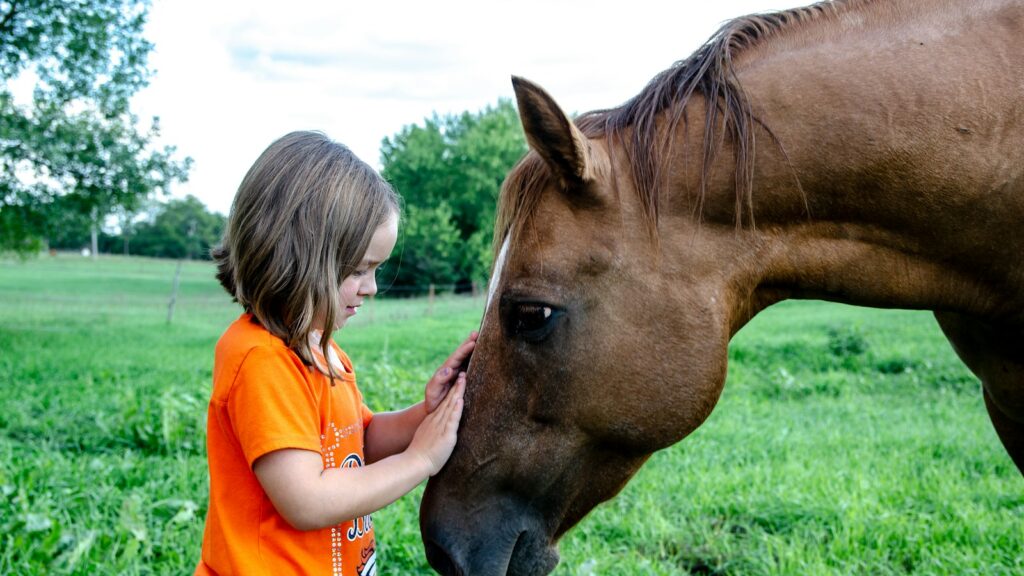
Preventing behavioral issues in young horses requires understanding, patience, and consistent application of sound horsemanship principles. By establishing proper handling from birth, providing appropriate socialization, managing physical and mental needs, and building trust through positive experiences, handlers can raise well-adjusted equine partners. The investment of time and effort in these early years pays tremendous dividends throughout the horse’s life, creating individuals that are safer, more trainable, and more enjoyable to work with. While no approach guarantees perfect behavior, these preventative strategies significantly reduce the likelihood of serious behavioral problems developing and provide a solid foundation for addressing any issues that do emerge. Remember that each young horse is an individual with unique needs and temperament—observation, flexibility, and willingness to adapt approaches accordingly are key components of successful behavioral prevention.

